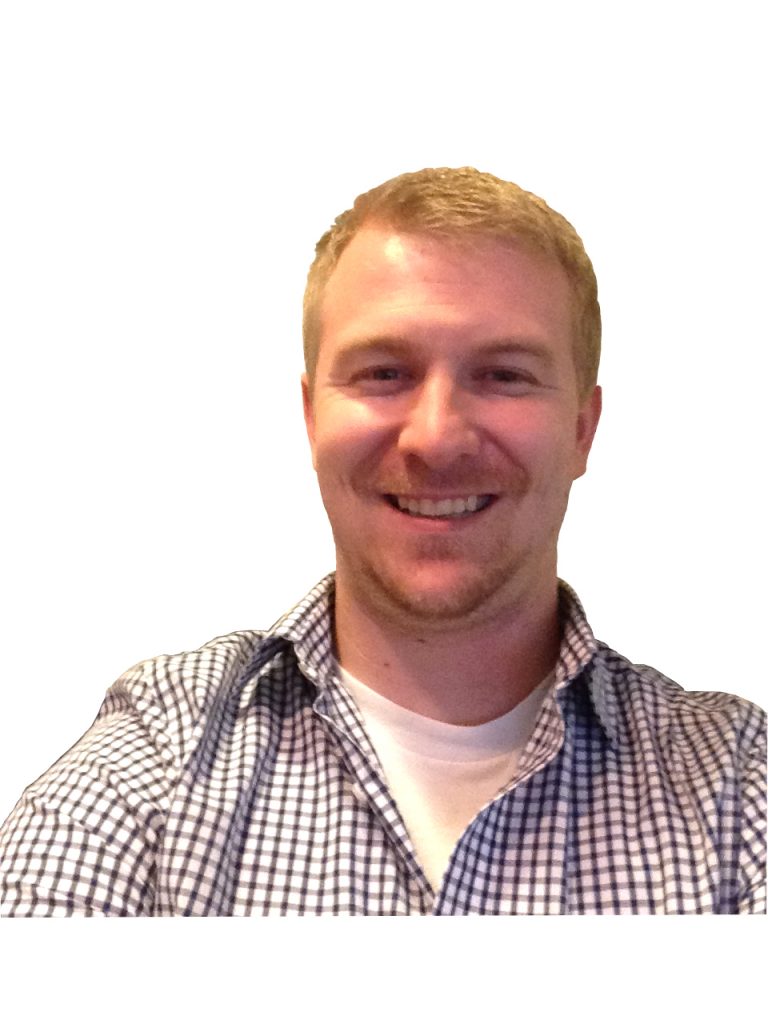Setting the record straight:

This archived article was written by: Nathaniel Woodward
What is the dream of every parent? I can’t speak for all of them, but for me it’s to see my children grow up healthy and lead long, productive and happy lives. Who could possibly not want that? With the advancement of technology and the ability to sequence anyone’s genome in a matter of days instead of years, we now understand the tiny pieces of material called DNA that make each and every one of us unique.
Due to the bottleneck effect as our Homo Sapien ancestors migrated from Africa tens of thousands of years ago, our genome has little variation across the species. But those tiny variations cause some pretty significant differences in how long and well we live our lives. Genetic mutations give rise to hereditary diseases and impediments that not only effect the survivability of our offspring, but carry the potential to span from generation to generation. For example, I have a chromosomal anomaly called Robertsonian Translocation where my 21st chromosome is attached to the 14th, giving my offspring a higher risk of having Downs Syndrome, which my second child did.
With the tremendous advancement of knowledge on our 23 paired chromosomes and the sequence of our DNA, we learned how other organisms like bacteria attack invading pathogens and delete unwanted DNA using a special Guide RNA.
Guide RNA simply locates parts of DNA it doesn’t want and snips it out like scissors. The implication and application of this evolutionary mechanism has led us to understanding similar ways to artificially edit our own genome.
The term germ-line engineering by a method called clustered regularly interspaced short palindromic repeats (CRISPR) bowed out to the pop culture phrase of “designer babies” which could either inspire or repulse you. What it means is not tampering with an existing embryo, but editing the genome of a germ cell (egg or sperm) before the fetus is even made. What the intention of designer babies has been is to isolate the mutations that would lead to any number of individual or heritable disorders then remove them entirely from the equation.
This method is not the only way to achieve an alteration in DNA that suppresses disease, there are ways to engineer somatic cells or already existing cells in your body to the point where a disease can be put into remission. Another is through in vitro fertilization where several viable embryos are created, and then checked for abnormalities then potential parents could select only healthy embryos for development.
A tremendous amount of work has gone into these processes with a large amount left to perfect it. What remains, however, is the question of, “where do we stop?” If it is possible to remove diseases inherited from our parents, then it’s possible to choose other attributes our children may have such as gender, hair color, height and intelligence.
This is where the main debate rages and for good reason, a society without variety could lead us to lose our identity as a culture. Ethicists on both sides argue the question of where an appropriate line could possibly be drawn and your opinion may be invaluable to the process.
Unfortunately the superstitions and fears of a generally un-informed populous continue to hold far too much influence on those elected to form policy.
Take what I have presented to you and once again, put it to the test. Seek reliable sources such as peer-reviewed journals devoid of passionate superstition, we may in the end rid ourselves of a lot of heartache.




